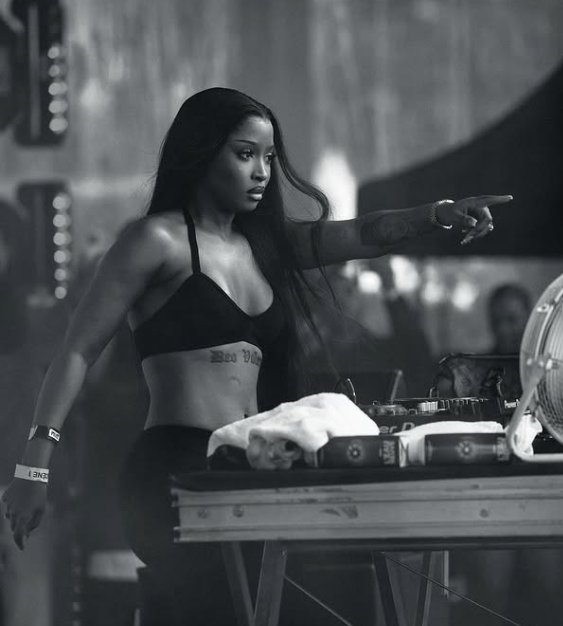From the dusty streets of Kasi to the neon-lit clubs of London and New York, the country’s sonic exports have transcended borders, reshaping global genres and birthing movements that now dominate international playlists. At the forefront of this wave? House music and its proudly South African evolution—Amapiano.
The House That South Africa Built
Long before Amapiano became a global buzzword, South Africa had already carved its niche in the house music universe. In the late 1980s and early 1990s, as Chicago and Detroit pioneered house and techno, South African producers began infusing these styles with local rhythms, gospel harmonies, and kwaito influences. The result was a uniquely soulful, percussive sound that resonated deeply with township life.
Artists like DJ Christos, Oskido, Dj Ganyani and Black Coffee became torchbearers of this movement. Black Coffee, in particular, emerged as a global icon—his minimalist, Afro-tech productions and magnetic DJ sets have graced stages from Coachella to Ibiza, earning him collaborations with Drake, David Guetta, and Usher. His Grammy win in 2022 cemented South Africa’s place on the world’s electronic music map.
Amapiano: The Genre That Broke the Internet
If house music laid the foundation, Amapiano built the skyscraper. Born in Gauteng’s townships around 2012, Amapiano fused deep house, jazz, and kwaito with log drum basslines and hypnotic piano melodies. Initially dismissed as underground, it exploded on platforms like TikTok and YouTube, becoming a cultural phenomenon.
What makes Amapiano revolutionary is its DIY ethos and community-driven growth. Producers like Kabza De Small, DJ Maphorisa, De Mogul SA and Musa Keys didn’t wait for mainstream validation—they built empires from bedroom studios, collaborating with vocalists like Sha Sha, Young Stunna, Ami Faku and Daliwonga to create anthems that now echo from Lagos to London.
International artists have taken notice. Major League DJz have performed Amapiano sets across Europe and the U.S., while Uncle Waffles, a breakout DJ and performer, has become a Gen Z icon—her viral sets and magnetic stage presence earned her a spot on the Coachella lineup and a shoutout from Drake himself.
Cultural Impact
- Spotify and Apple Music have launched dedicated Amapiano playlists, with millions of monthly listeners.
- TikTok challenges featuring Amapiano tracks have racked up billions of views, driving global dance trends.
- Fashion and lifestyle brands are tapping into the genre’s aesthetic, with artists fronting campaigns for Puma, Red Bull, and more.
- Cross-continental collaborations are booming—Nigerian stars like Davido and Burna Boy have embraced Amapiano, blending it with Afrobeats to create hybrid hits.
A Cultural Movement
South Africa’s influence isn’t just sonic—it’s spiritual. These genres carry stories of youth resilience, urban identity, and post-apartheid creativity. They’ve become tools of cultural diplomacy, showcasing African excellence on the world stage.
From township taverns to Paris runways, South African music is no longer just being heard—it’s being felt. And as the world dances to the rhythm of the log drum, one thing is clear: the future of global music has a distinctly South African accent.

 admin
admin
0 kommentarer